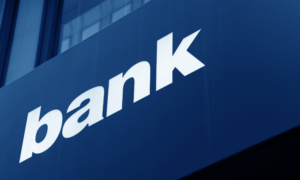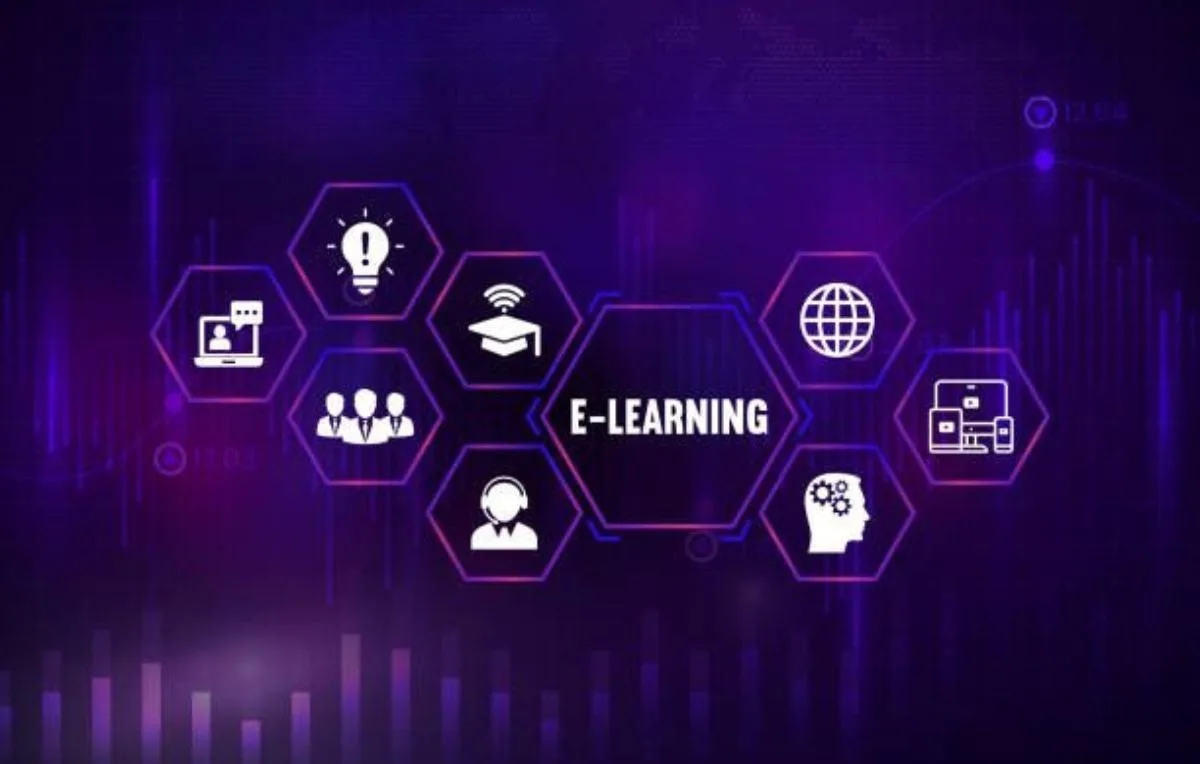In today’s diverse workplace, companies are managing up to four generations under one roof-Baby Boomers, Gen X, Millennials, and Gen Z. Each generation brings unique strengths, challenges, and learning styles. So how do organizations ensure consistent productivity and engagement across such a wide age range?
The answer lies in strategic training programs.
Why Multigenerational Training Matters
With evolving technology, remote work, and changing employee expectations, businesses can no longer use a one-size-fits-all approach. Tailored training enhances collaboration, fills skill gaps, and empowers every generation to perform at their best.
1. Understanding the Generational Divide in the Workplace
- – Baby Boomers (Born 1946–1964):
Prefer structured learning, value experience, and respond well to mentorship programs. - – Generation X (Born 1965–1980):
Independent learners who value flexibility. Benefit from blended learning models and self-paced resources. - – Millennials (Born 1981–1996):
Digital natives who thrive on interactive and social learning environments. Prefer real-time feedback and gamified content. - – Gen Z (Born 1997–2012):
Mobile-first learners who demand bite-sized microlearning, instant access, and purpose-driven content.
2. How Targeted Training Drives Workforce Productivity
- Reduces Skill Gaps
Cross-training and upskilling allow employees to adapt quickly to evolving roles and technology. - Improves Collaboration
Training that incorporates soft skills, emotional intelligence, and generational awareness fosters stronger teamwork. - Enhances Employee Engagement
Employees who feel invested in are more motivated, loyal, and productive-regardless of age. - Supports Retention and Succession Planning
Leadership development programs prepare high-potential employees of all ages for future roles.
3. Best Practices for Training a Multigenerational Workforce
- Offer Personalized Learning Paths
Use data to deliver role-based and interest-based content that meets the learner where they are. - Incorporate Multiple Training Formats
Blend live instructor-led sessions, video tutorials, podcasts, and on-demand courses. - Leverage Mentorship and Reverse Mentoring
Create programs where older employees pass on experience, and younger ones share digital fluency. - Use Technology That Appeals Across Generations
Platforms like SimpliTrain support microlearning, gamification, and progress tracking that work for every learner.
4. Measuring Training ROI Across Generations
It’s critical to track metrics like:
- Productivity before and after training
- Engagement scores by generation
- Skill improvement based on assessments
- Retention rates of trained employees
Using a Learning Management System (LMS) with analytics helps you fine-tune your programs for better ROI.
One Workforce, Many Learners
Investing in inclusive, flexible, and tech-enabled training ensures that your entire workforce-no matter their age-can grow, collaborate, and contribute to your business goals.
Whether you’re managing seasoned professionals or onboarding fresh talent, smart training design is your key to unlocking peak productivity.











